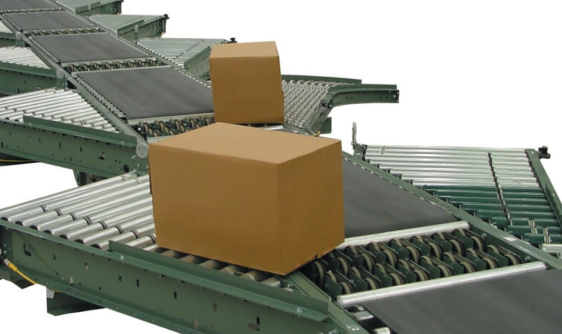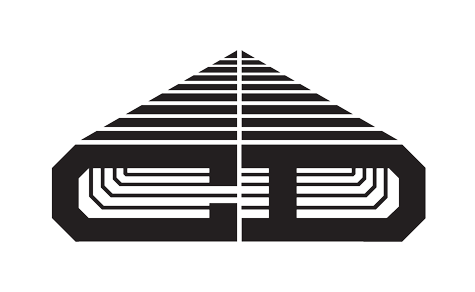
Importance of Measuring Belt Tension on Conveyors
Achieve Proper Belt Tension with These 5 Tips
In order to ensure an extended life of your conveyor, it is critical to ensure your conveyor has proper belt tension. Improper belt tension leads to conveyor belt mistracking, worn down parts, conveyor belt slipping and motor damage. In this short information piece, we will explore how to measure and maintain belt tension and why it’s crucial to warehouse operations.
Belt Tensioning Tips
Pro Tip #1: Tension Measurement
Another tip for proper belt tensioning is a careful measurement of the belt on your conveyor bed. Every belting supplier provides the recommended tension for each belt. This recommended tension is controlled by the distance between the edge of your belt and the end of the frame. To ensure accuracy, it is common practice to mark the edge of the belt at the accurate distance to provide proper tension percentage of your belt.
Pro Tip #2: Conveyor Belt Tracking
Once you have ensured proper belt tension, it is important to properly track the belt in order to maintain that tension. If you start to notice the belt rubbing against the frame, simply loosen the snub roller, which is the primary means of steering the conveyor belt. Then, use a hammer or rubber mallet to adjust bolts in the direction you need. Don’t forget to re-tighten your bolts!
Pro Tip #3: Sanitation
The first tip in tensioning a belt is to make sure the conveyor is clean. Belt contamination is the most common cause of tension loss. Debris, bacteria, grease, dirt, mold are among the most common forms of insanitation that plague conveyor systems. It is imperative to clean the frame before installation and throughout the life of the belt.
Pro Tip #4: Don’t Overload Conveyor
Exceeding the weight limit on the belt is very dangerous for a conveyor. Follow the manufacturer’s guidelines on weight capacity to avoid unnecessary stress on the belt and conveyor parts.
Pro Tip #5: Pay Attention
Checking your conveyor belt periodically is the best way to ensure proper tension. Listen for sounds of rubbing or squeaking which are signs the belt is loose. If you see the edges of the conveyor curling, you need to reduce the tension. Discoloration and uneven belt wear are other signs that adjustments need to be made to the belt tension.
Why is Proper Belt Tension Important?
Improper belt tension is a domino effect that damages every other part of the conveyor. It is crucial to find the sweet spot between the lowest amount of tension that will not lead to belt slipping. Having too much or too little tension both cause damage to the conveyor.
Too little tension: Not having enough tension leads to belt slipping on the drive pulley which causes loss of conveyance. It also leads to wear and tear of the drive pulley.
Too much tension: Conveyors with too much tension causes excessive stress on the lacing of the belt and it can eventually pull apart causing immediate breakdowns. The extra pressure leads to major wear and tear on parts, especially the shafts, bearings, and rollers. The life of the motor may also be affected by over tensioning due to the extra work.
All in all, workers can ensure longer life of their conveyor belt by following these guidelines. Premature belt failure can be easily avoided by staying vigilant and aware of your production line. Do not skip out on routine inspections. If you notice anything out of the ordinary, feel free to call an expert at 1-877-355-1511 or fill out a service repair form.





